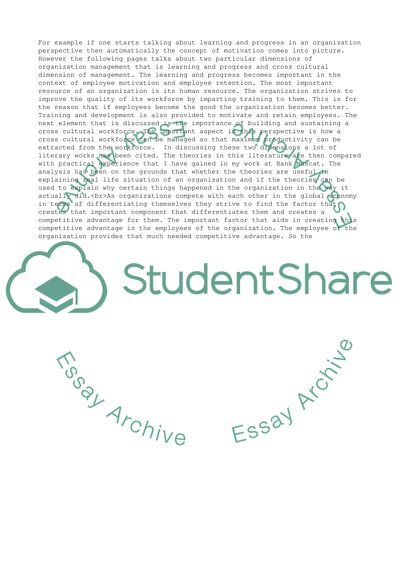Cite this document
(Managing in Organization Essay Example | Topics and Well Written Essays - 3000 words, n.d.)
Managing in Organization Essay Example | Topics and Well Written Essays - 3000 words. https://studentshare.org/management/1855338-managing-in-organization
Managing in Organization Essay Example | Topics and Well Written Essays - 3000 words. https://studentshare.org/management/1855338-managing-in-organization
(Managing in Organization Essay Example | Topics and Well Written Essays - 3000 Words)
Managing in Organization Essay Example | Topics and Well Written Essays - 3000 Words. https://studentshare.org/management/1855338-managing-in-organization.
Managing in Organization Essay Example | Topics and Well Written Essays - 3000 Words. https://studentshare.org/management/1855338-managing-in-organization.
“Managing in Organization Essay Example | Topics and Well Written Essays - 3000 Words”. https://studentshare.org/management/1855338-managing-in-organization.


